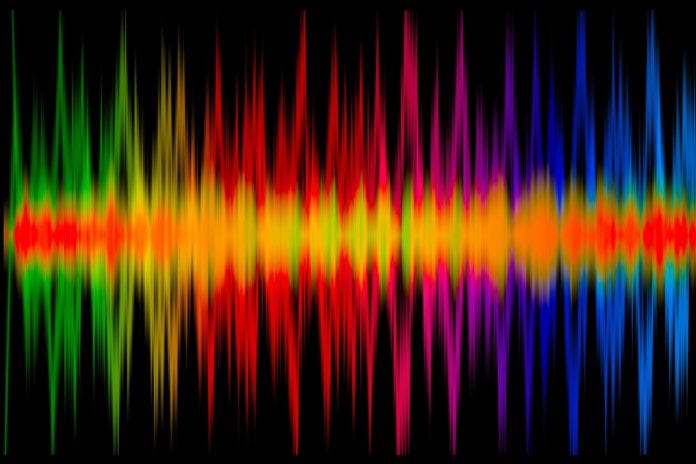FCC has already allocated 12.55 gigahertz of millimeter wave spectrum
Millimeter wave spectrum is key to delivering on the ultra-high throughput speeds associated with 5G. In the U.S., the Federal Communications Commission is gearing up auction 28 GHz and 24 GHz licenses on Nov. 14, and domestic operators AT&T and Verizon are launching their first 5G services using the 39 GHz and 28 GHz bands respectively. This momentum, coupled with other regulator-led activity in key global markets, highlights the fundamental role of millimeter wave in 5G.
In Europe, U.K. officials plan to allocate 26.5 GHz to 27.5 GHz in the 2020 timeframe as do their counterparts in Spain, Austria, Finland and France. Earlier this year Italian officials auctioned off licenses for that same band. Sweden, Russia and Germany plan to move on 26 GHz next year, while Switzerland is looking toward 2022.
Qualcomm SVP of Spectrum Strategy and Technology Policy Dean Brenner said China is little further out on millimeter wave spectrum. In 2017 the government solicited public opinion for candidate bands 24.75 GHz to 27.5 GHz and 37 GHz to 42.5 GHz.
In Korea, operators are moving toward commercial 5G launches in early 2019. In June of this year, regulators auctioned sub-6 GHz frequencies as well as spectrum in the 26.5 GHz to 28.9 GHz range. Japanese officials plan to allocate millimeter wave spectrum next year.
“We’re going to use every conceivable kind of spectrum there is for 5G,” Brenner said during a recent event in Hong Kong. Noting 5G’s projected economic impact of $12 trillion in goods and services by 2035, Brenner said, “When regulators, government officials, set policy for spectrum, they understand this kind of impact is just gigantic. There may be no single sector of the global economy that can have a bigger impact on life in general than mobile.”
Back in the U.S., major players Verizon, T-Mobile US and AT&T, along with numerous other bidders, will take part in Auction 101 later this month, which covers frequencies from 27.5 GHz to 28.35 GHz. That will be immediately followed by Auction 102, which covers frequencies from 24.25 GHz to 24.45 GHz and 24.75 GHz to 25.25 GHz.
According to the FCC, the 28 GHz licenses will be offered in two 425 megahertz blocks allocated by county; the 24 GHz licenses will be offered in seven 100 megahertz blocks based on generic blocks in each Partial Economic Area.
FCC Chairman Ajit Pai has also said he’s planning to push for a second millimeter wave spectrum auction covering the 37 GHz, 39 GHz and 47 GHz bands in the second half of 2019.

